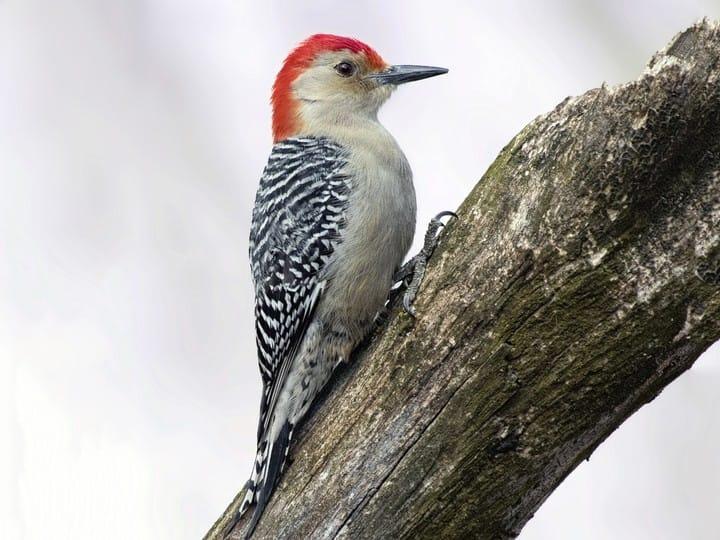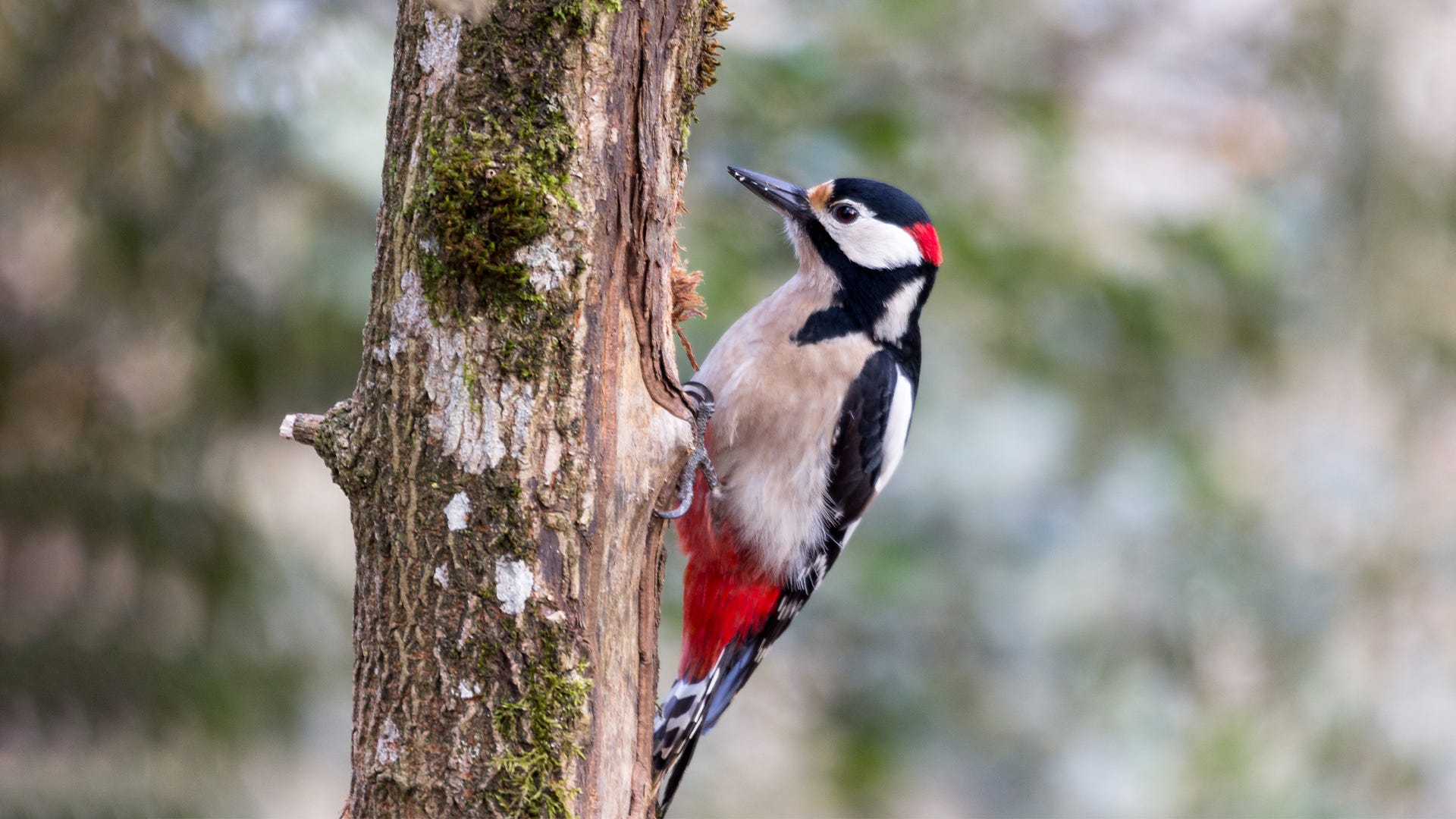Observing Woodpeckers in Florida: Types Variety and Distribution
Observing Woodpeckers in Florida: Types Variety and Distribution
Blog Article
Woodpeckers Unleashed: Discovering the Wonders of These Proficient Tree Climbers
Woodpeckers, with their distinct markings and balanced drumming echoing with wooded areas, hold an unique location in the avian world. Their specialized makeup and adjustments enable them to navigate vertical surfaces with unparalleled ability. Nonetheless, their proficiency of tree climbing is simply one element of their interesting behavior. As we explore the elaborate information of woodpeckers' nesting practices, feeding techniques, and the recurring preservation efforts to protect these exceptional birds, a deeper appreciation for their location in nature unravels.
Makeup and Adaptations
When analyzing the makeup and adaptations of woodpeckers, one can observe exceptional attributes that allow these birds to flourish in their specialized ecological niche. Additionally, woodpeckers have zygodactyl feet, with two toes encountering ahead and 2 encountering backward, giving a company grip on tree trunks while they look for food or drum for interaction.
Moreover, woodpeckers have a distinct tongue structure that is long, barbed, and sticky, enabling them to draw out insects from crevices in wood. This specialized adjustment enables woodpeckers to manipulate a food resource that is inaccessible to many other bird species. In general, the makeup and adaptations of woodpeckers display the amazing evolutionary solutions that have allowed these birds to grow in their arboreal environment.
Drumming Actions
Having actually checked out the makeup and adjustments of woodpeckers, the focus now moves to comprehending their drumming behavior, a distinct aspect of their communication and territorial displays. Drumming is a vital form of interaction among woodpeckers, serving multiple purposes such as establishing areas, bring in mates, and signaling alarm. Each woodpecker types has a distinct drumming pattern that helps individuals acknowledge participants of their very own types and identify them from competitors or predators.
Woodpeckers produce drumming sounds by rapidly pecking on powerful surfaces such as dead trees, utility posts, and even steel objects, creating a series of balanced beats. The intensity and speed of drumming can vary based upon the objective; for example, a fast drumming sequence may symbolize aggression towards intruders, while a slower and softer drumming pattern could show courtship (Woodpeckers in Florida). Additionally, woodpeckers may change the frequency and period of their drumming to convey certain messages successfully
Nesting Routines
Exploring the nesting behaviors of woodpeckers discloses fascinating understandings right into their reproductive actions and environment choices. Woodpeckers are recognized for their special nesting choices, often digging deep into cavities in trees to produce sheltered spaces for increasing their young. These dental caries offer not only as a nesting website yet likewise as a safe and secure refuge from predators and investigate this site inclement climate.
Woodpeckers exhibit a high degree of integrity to their nesting websites, often going back to the exact same place every year. This actions highlights the importance of ideal habitat schedule for their reproductive success. The option of a nesting website is critical for woodpeckers, with aspects such as tree types, elevation, and decay stage playing significant roles in their decision-making procedure.
Remarkably, some woodpecker species are known to dig deep into multiple cavities within their territory, giving themselves with alternate nesting options. This strategy may act as a form of insurance policy against possible dangers or disturbances to their key nesting site.

Feeding Techniques
One of the most unique feeding habits of woodpeckers is drumming, which includes quick pecking on trees to discover bugs under the bark. Woodpeckers are likewise known to dig deep into dental caries in trees to access concealed insect larvae or sap. Some varieties, like the acorn woodpecker, shop nuts in specially produced holes called granaries.
Conservation Efforts
Among the complex feeding techniques exhibited by woodpeckers, the conservation efforts intended at safeguarding these interesting top article birds play a crucial role in protecting their environments and populaces. Woodpeckers deal with numerous risks to their survival, consisting of habitat loss due to deforestation, climate modification modifying their ecological communities, and collisions with manufactured structures such as buildings and lorries - Woodpeckers in Florida. Conservationists are proactively working to attend to these challenges and make certain the long-term well-being of woodpecker species

Education and public recognition campaigns are additionally crucial elements of woodpecker preservation initiatives. By increasing recognition about the relevance of these birds in keeping healthy woodland ecosystems, guardians can amass support for habitat conservation initiatives and promote responsible land administration techniques. With joint efforts in between researchers, policymakers, and local communities, we can interact to safeguard a future where woodpeckers flourish in their all-natural habitats.
Final Thought

Report this page